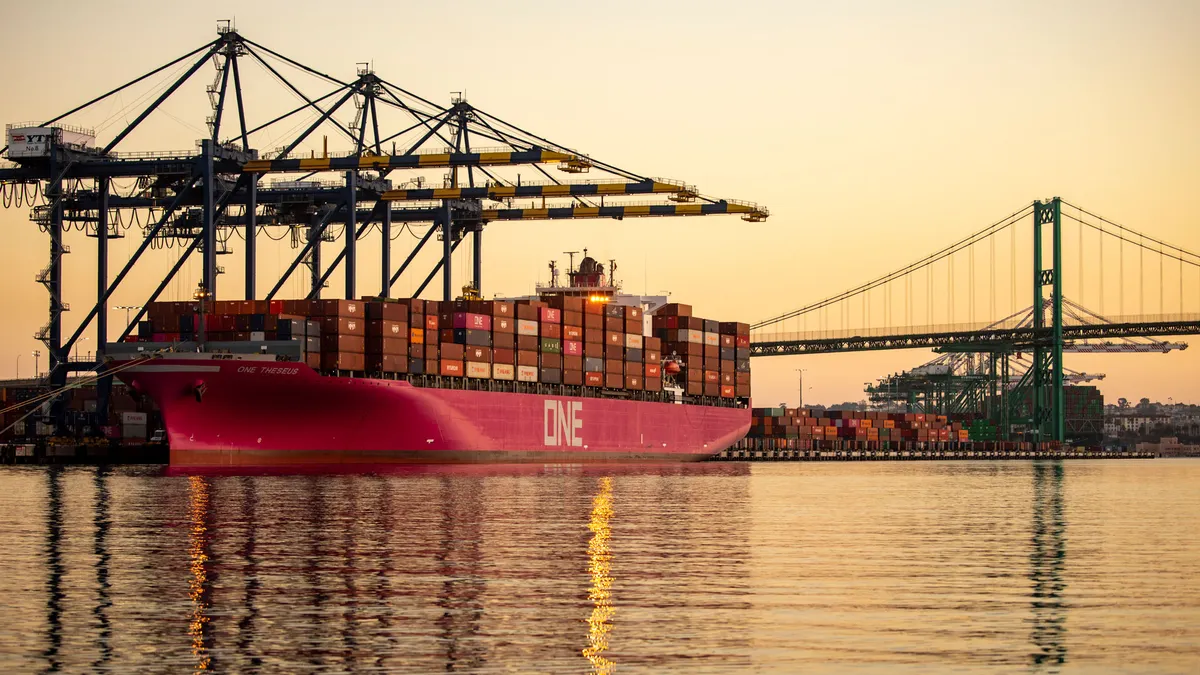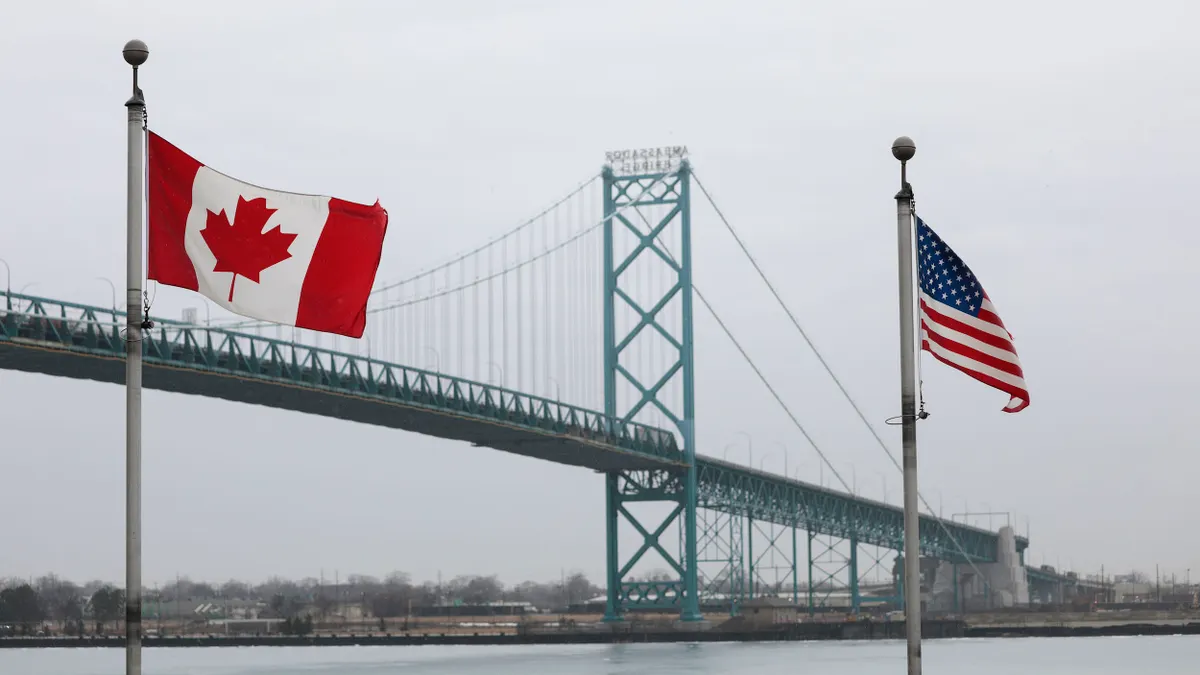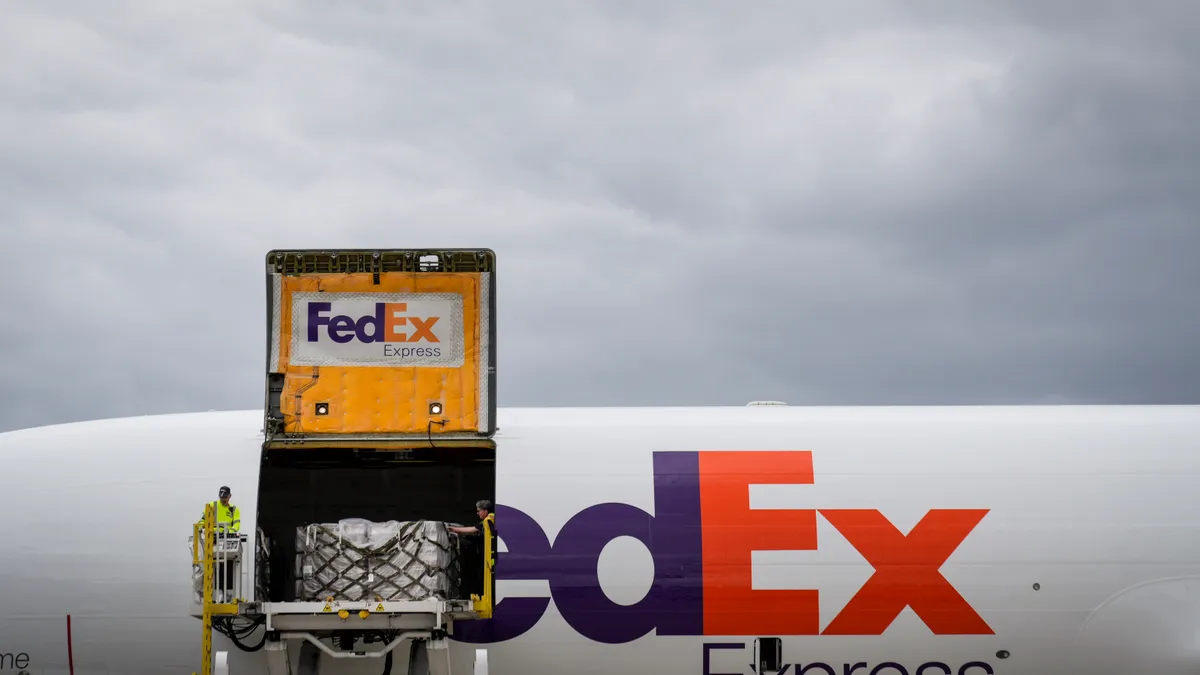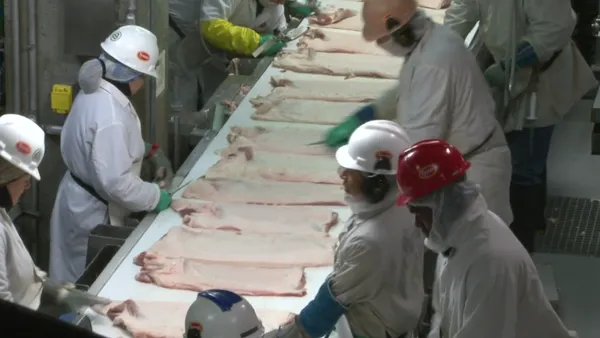Import cargo volumes at U.S. ports are slated to rebound in July after a double-digit drop in late spring, according to the Global Port Tracker published July 9 by the National Retail Federation and Hackett Associates.
July volumes are projected to reach 2.36 million TEUs, up 2.1% year over year for U.S. ports covered by the tracker, the NRF reported.
Last week, President Donald Trump delayed country-specific reciprocal tariffs until Aug 1. while simultaneously releasing several letters outlining the tariff rates the administration plans to start charging imports of certain countries. Tariffs on exports from China remain uncertain, however, despite Trump saying that the U.S. is nearing a deal with the country.
The extended pause is prompting shippers to frontload, but volumes are expected to drop again if tariffs are reinstated Aug. 1, per the NRF. Already, the Port of Los Angeles is seeing peak season activity from shippers, and expects July volumes to hit 950,000 twenty-foot equivalent units, Executive Director Gene Seroka said Monday.
“The tariff situation remains highly fluid and retailers are working hard to stock up for the holiday season before the various tariffs that have been announced and actually take effect,” NRF VP for Supply Chain and Customs Policy Jonathan Gold said. “Retailers have brought in as much merchandise as possible ahead of the reciprocal tariffs taking effect, and the latest extension to Aug. 1 is greatly appreciated.”
Yet-to-be finalized tariff negotiations with U.S. trading partners is making it challenging for retailers to plan, especially small businesses with “no capacity to absorb tariffs,” Gold said.
Major retailers, however, are deploying several mitigation measures to fight tariffs. Nike, which expects a $1 billion tariff hit, is shifting some of its manufacturing operations away from China and focusing on its relationship with retail partners and suppliers. Academy Sports and Outdoors, on the other hand, chose to pull forward replenishing its inventory in addition to adjusting its production footprint.
U.S. ports covered by the the port tracker handled 1.95 million TEUs in May, a nearly 12% drop from April and a 6.4% year-over-year dip. Numbers for June have not yet been released.
Looking ahead, aggregate volumes in August through November are expected to fall due to tariffs. The NRF forecasts August volumes to reach 2.08 million TEUs, down 10.4% YoY, and September to land at 1.81 million TEUs, down nearly 20% YoY. October is projected at 1.81 million TEUs, down 19.2% YoY.
The NRF’s current forecast projects H1 volumes of 12.63 million TEUs, up 4.5% YoY — an increase from the 12.54 million TEUs forecast from last month. Regardless of the rise, the forecast is still below the 12.78 million TEU forecast established in early 2025 before Trump first announced reciprocal duties in early April.
Editor's note: This story was first published in our Logistics Weekly newsletter. Sign up here.














